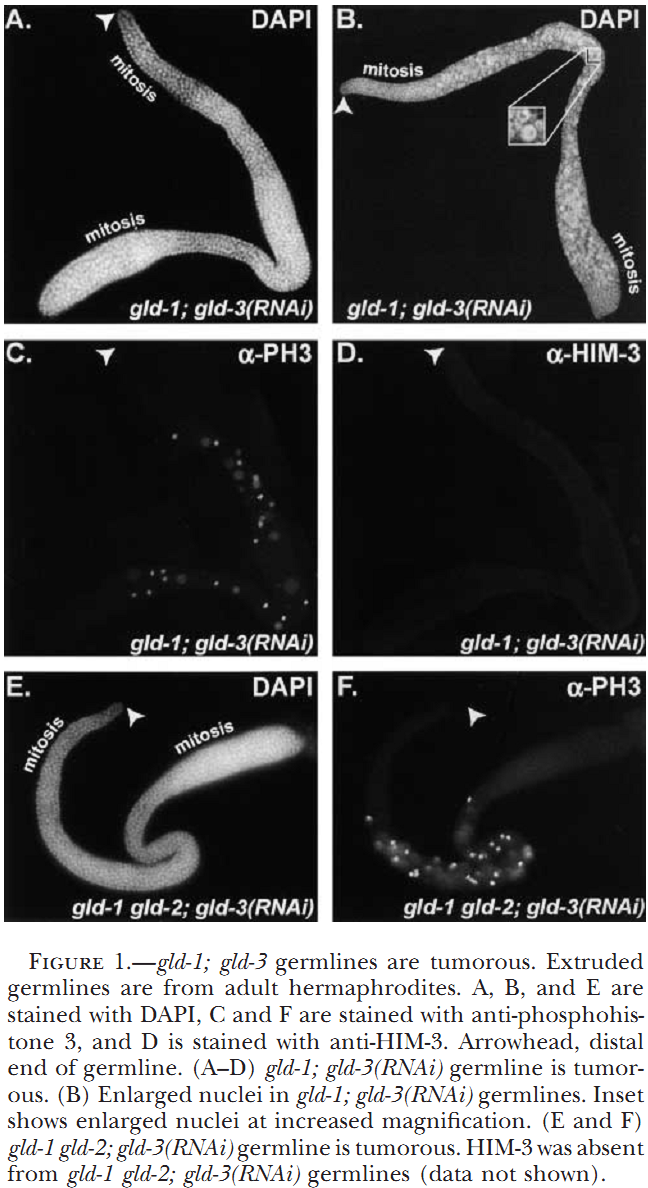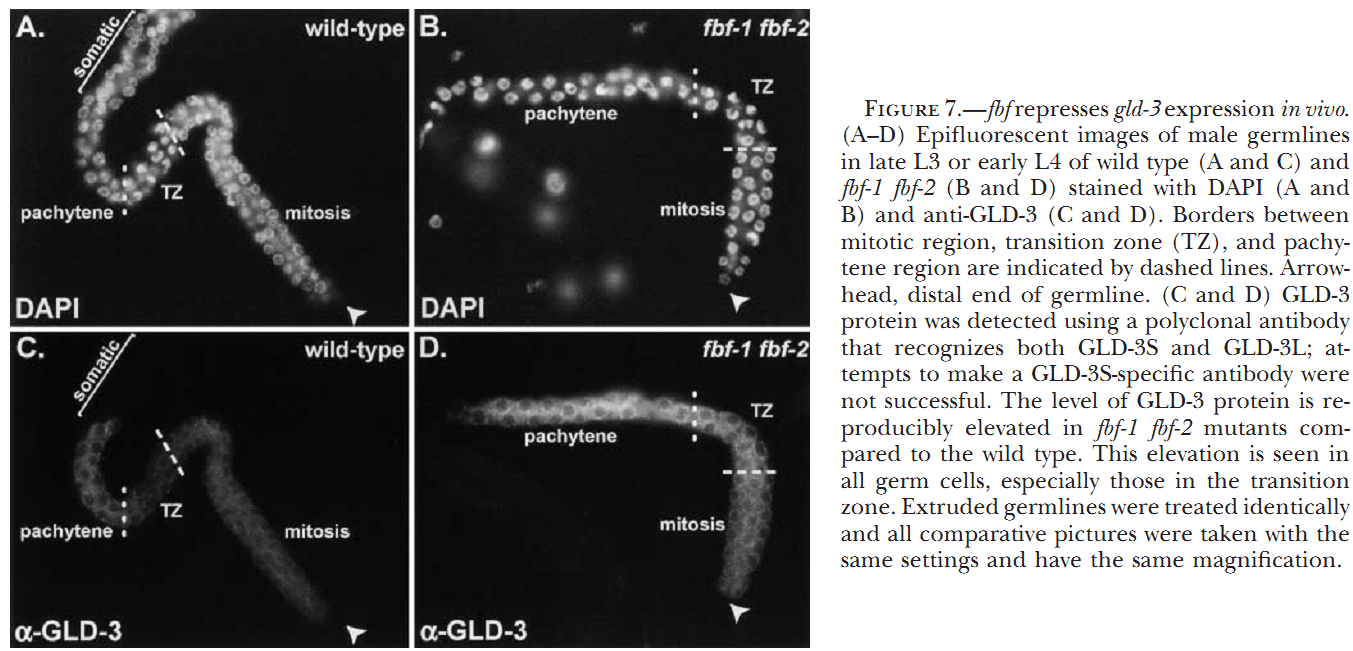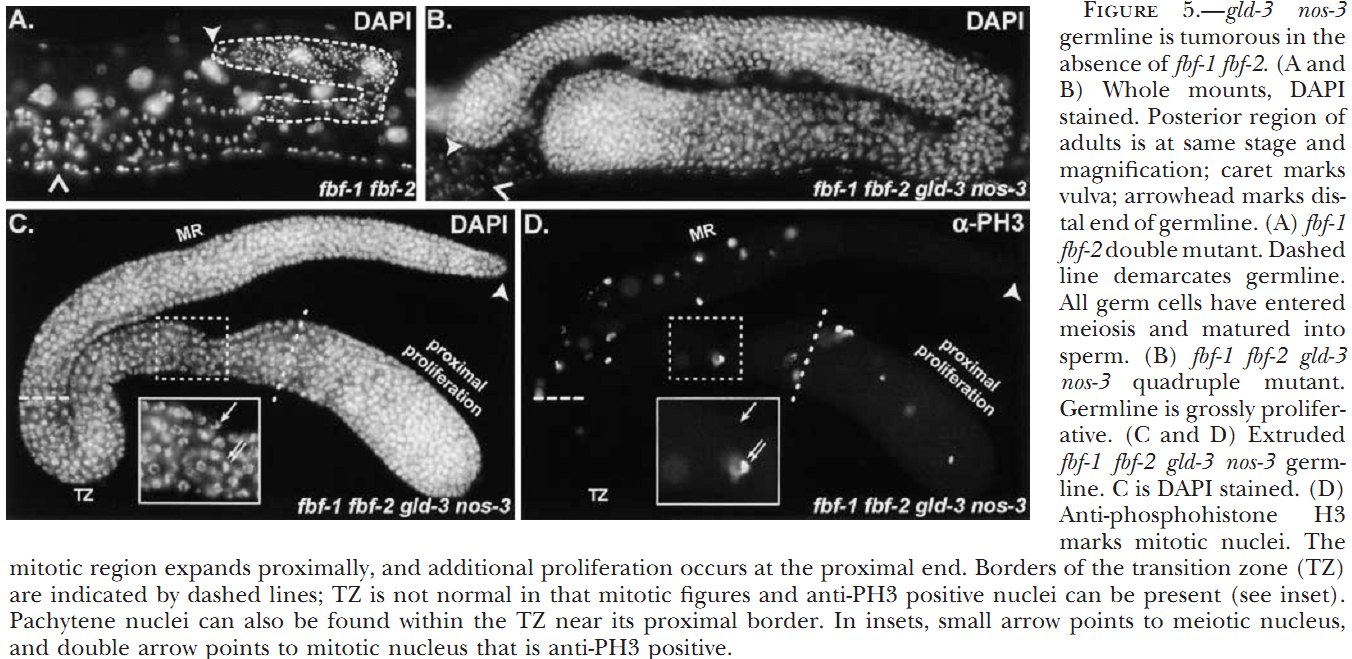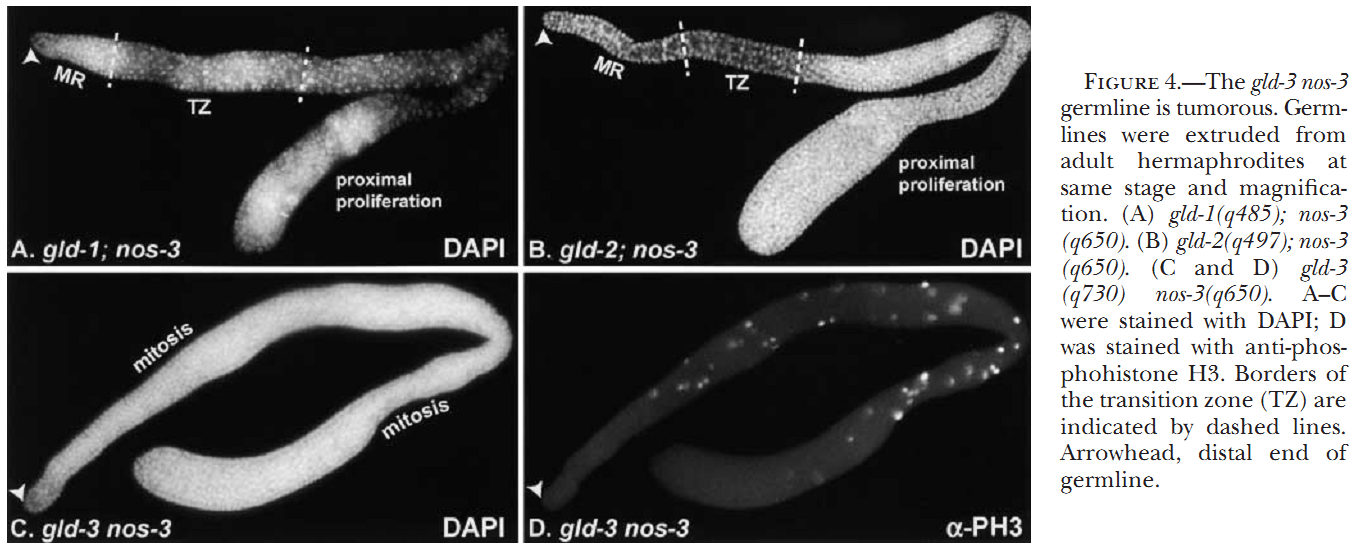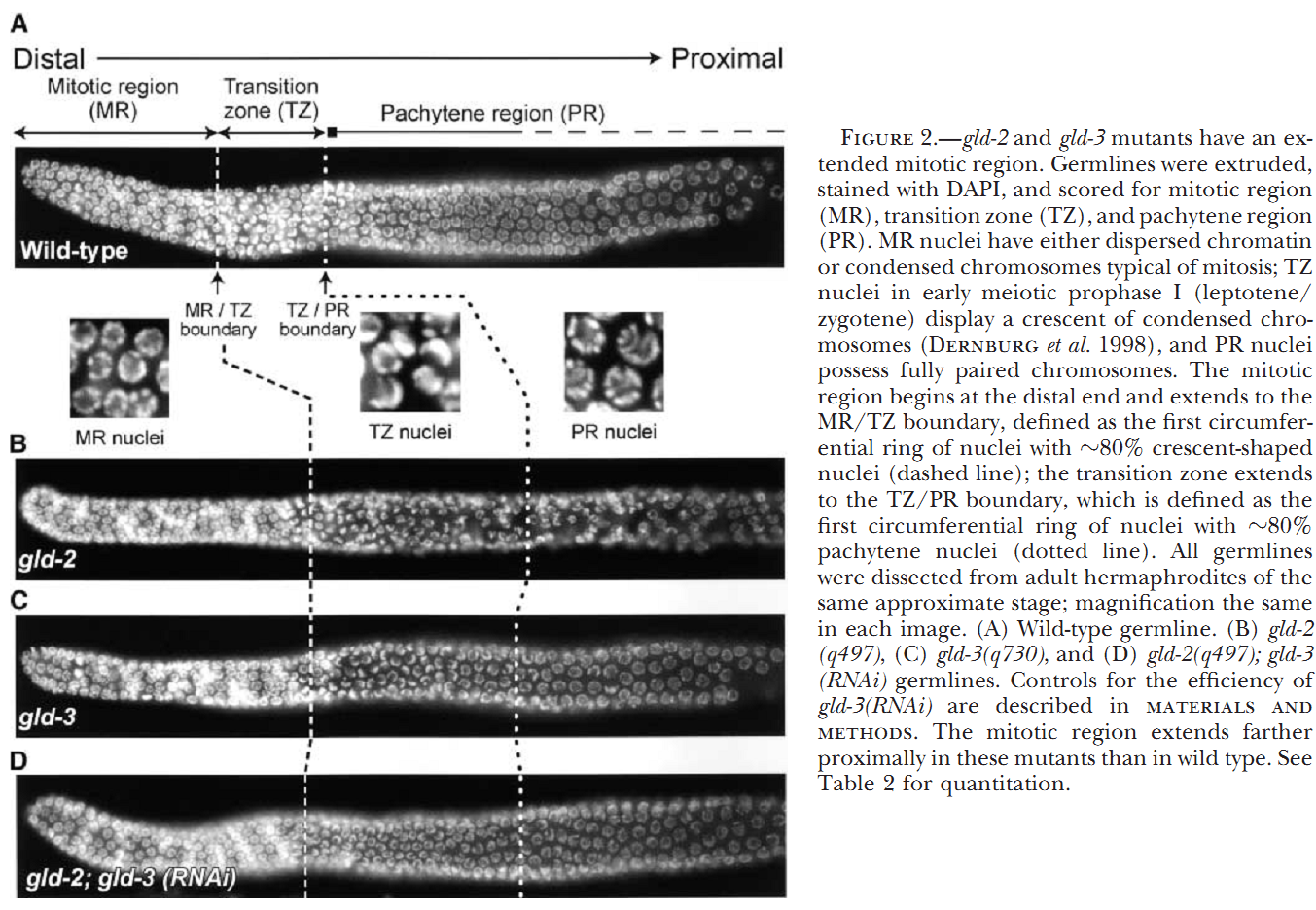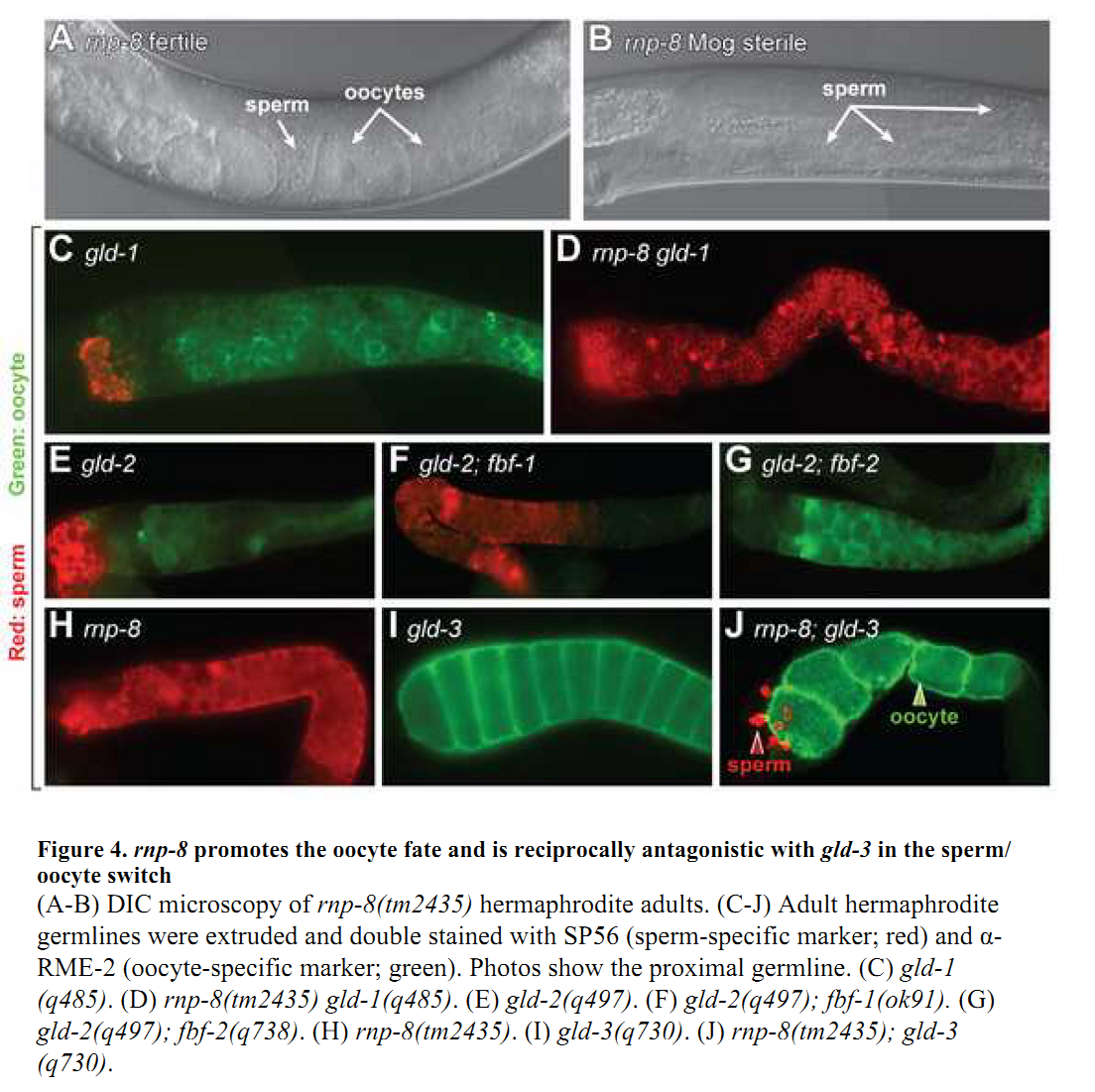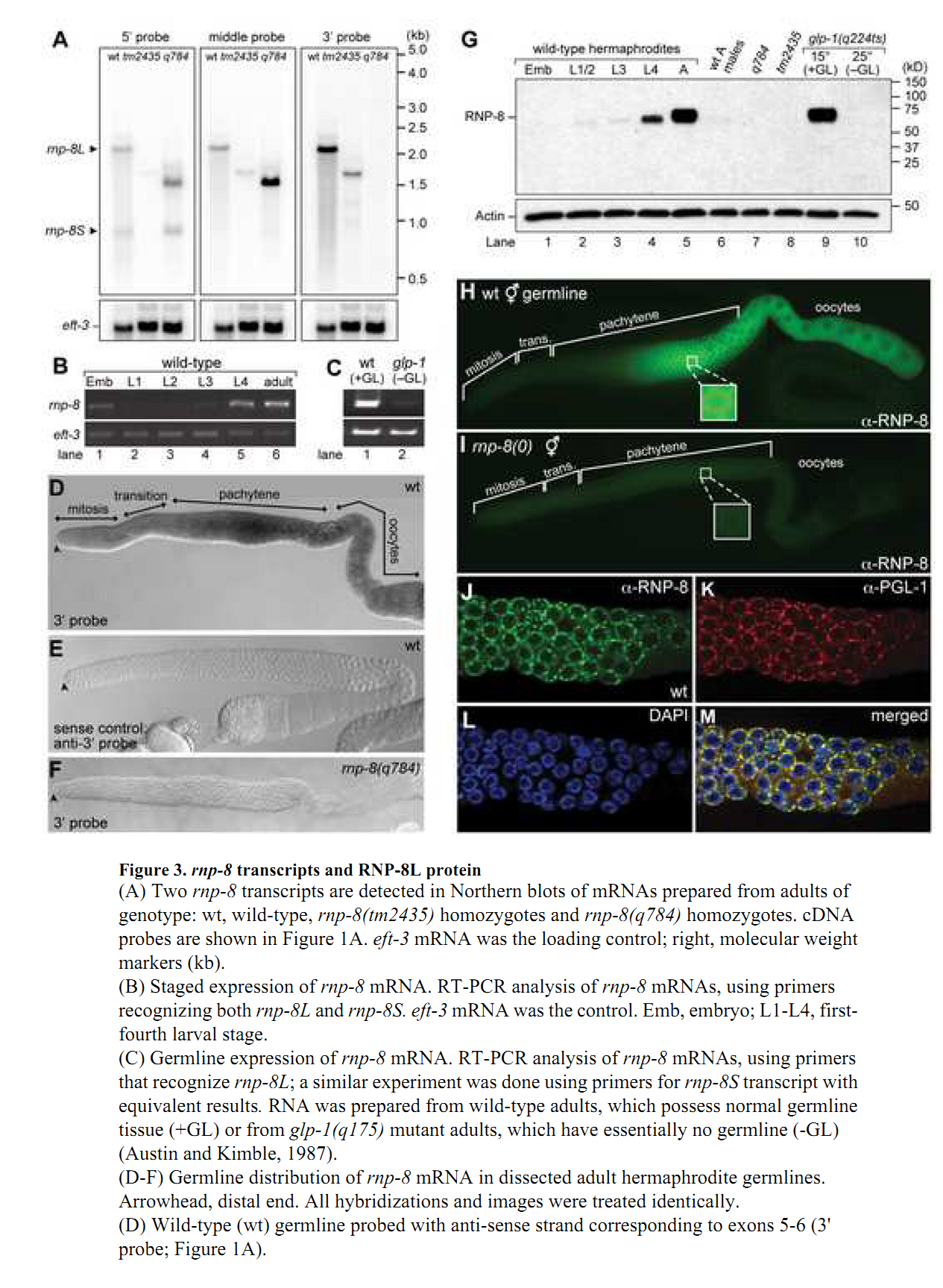| Tag | Content | ||||||||||||||
|---|---|---|---|---|---|---|---|---|---|---|---|---|---|---|---|
SG ID |
SG00000061 |
||||||||||||||
UniProt Accession |
|||||||||||||||
Theoretical PI |
-
|
||||||||||||||
Molecular Weight |
Da
|
||||||||||||||
Genbank Nucleotide ID |
|||||||||||||||
Genbank Protein ID |
|||||||||||||||
Gene Name |
|||||||||||||||
Gene Synonyms/Alias |
|||||||||||||||
Protein Name |
|||||||||||||||
Protein Synonyms/Alias |
|||||||||||||||
Organism |
|||||||||||||||
NCBI Taxonomy ID |
|||||||||||||||
Chromosome Location |
|
||||||||||||||
Function in Stage |
|||||||||||||||
Function in Cell Type |
|||||||||||||||
Description |
Temporarily unavailable |
||||||||||||||
The information of related literatures |
1. C. R. Eckmann, S. L. Crittenden, N. Suh and J. Kimble (2004) GLD-3 and control of the mitosis/meiosis decision in the germline of Caenorhabditis elegans. Genetics 168(1): 147-60. Abstract Germ cells can divide mitotically to replenish germline tissue or meiotically to produce gametes. In this article, we report that GLD-3, a Caenorhabditis elegans Bicaudal-C homolog, promotes the transition from mitosis to meiosis together with the GLD-2 poly(A) polymerase. GLD-3 binds GLD-2 via a small N-terminal region present in both GLD-3S and GLD-3L isoforms, and GLD-2 and GLD-3 can be co-immunoprecipitated from worm extracts. The FBF repressor binds specifically to elements in the gld-3S 3'-UTR, and FBF regulates gld-3 expression. Furthermore, FBF acts largely upstream of gld-3 in the mitosis/meiosis decision. By contrast, GLD-3 acts upstream of FBF in the sperm/oocyte decision, and GLD-3 protein can antagonize FBF binding to RNA regulatory elements. To address the relative importance of these two regulatory mechanisms in the mitosis/meiosis and sperm/oocyte decisions, we isolated a deletion mutant, gld-3(q741), that removes the FBF-binding site from GLD-3L, but leaves the GLD-2-binding site intact. Animals homozygous for gld-3(q741) enter meiosis, but are feminized. Therefore, GLD-3 promotes meiosis primarily via its interaction with GLD-2, and it promotes spermatogenesis primarily via its interaction with FBF. PMID: [15454534] 2. K. W. Kim, K. Nykamp, N. Suh, J. L. Bachorik, L. Wang and J. Kimble (2009) Antagonism between GLD-2 binding partners controls gamete sex. Dev Cell 16(5): 723-33. Abstract Cytoplasmic polyadenylation is a key mechanism of gene control. In Caenorhabditis elegans, GLD-2 and GLD-3 provide the catalytic and RNA-binding subunits, respectively, of a major cytoplasmic poly(A) polymerase (PAP). Here, we identify RNP-8 as a second GLD-2 partner. RNP-8 binds GLD-2 and stimulates GLD-2 activity to form a functional PAP, much like GLD-3. Moreover, GLD-2/RNP-8 and GLD-2/GLD-3 exist as separate complexes that form selectively during development, and RNP-8 and GLD-3 appear to have distinct RNA-binding specificities. Therefore, GLD-2 can form either of two discrete PAPs. In C. elegans hermaphrodites, gamete production begins with spermatogenesis and transitions later to oogenesis. We suggest that the combinatorial use of GLD-2 contributes to this transition, as GLD-2/GLD-3 promotes spermatogenesis, whereas GLD-2/RNP-8 specifies oogenesis. Indeed, RNP-8 and GLD-3 antagonize each other, as evidenced by genetic cosuppression and molecular competition for GLD-2 binding. We conclude that GLD-2 and its binding partners control gamete identity. PMID: [19460348] Back to Top |
||||||||||||||
Figures for illustrating the function of this protein/gene |
|
||||||||||||||
Function |
|||||||||||||||
Subcellular Location |
|||||||||||||||
Tissue Specificity |
|||||||||||||||
Gene Ontology |
|
||||||||||||||
Interpro |
|||||||||||||||
Pfam |
|||||||||||||||
SMART |
|||||||||||||||
PROSITE |
|||||||||||||||
PRINTS |
|||||||||||||||
Created Date |
18-Oct-2012 |
||||||||||||||
Record Type |
Experiment identified |
||||||||||||||
Protein sequence Annotation |
|||||||||||||||
Nucleotide Sequence |
Length: bp Go to nucleotide: FASTA |
||||||||||||||
Protein Sequence |
Length: bp Go to amino acid: FASTA |
||||||||||||||
The verified Protein-Protein interaction information |
| ||||||||||||||
Other Protein-Protein interaction resources |
String database |
||||||||||||||
View Microarray data |
Temporarily unavailable |
||||||||||||||
Comments |
|||||||||||||||
